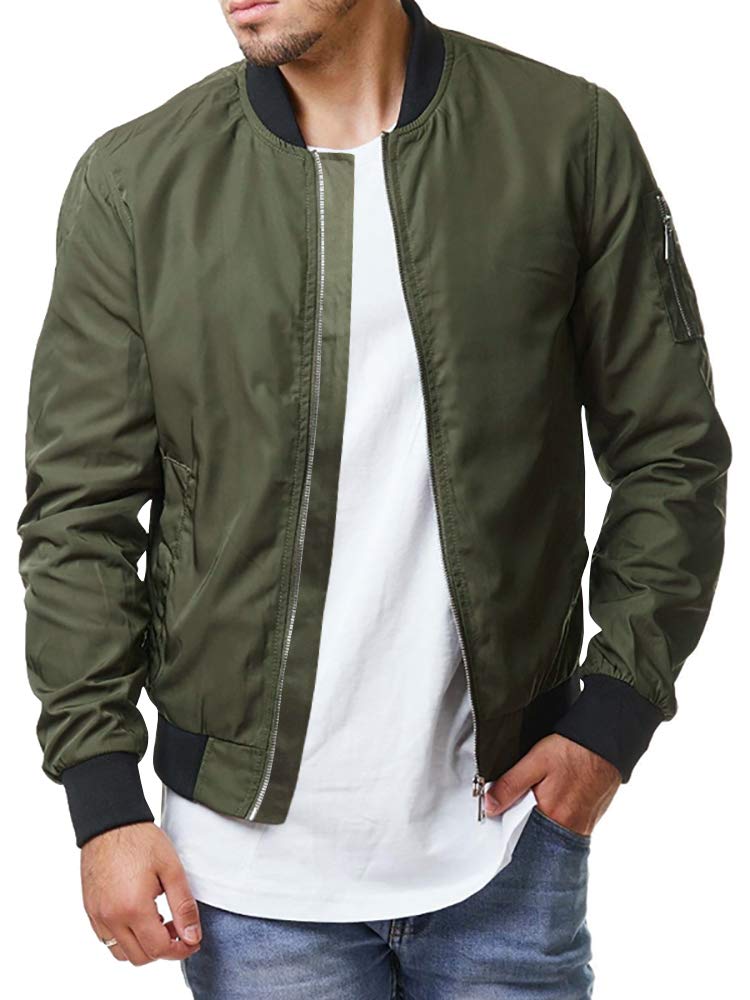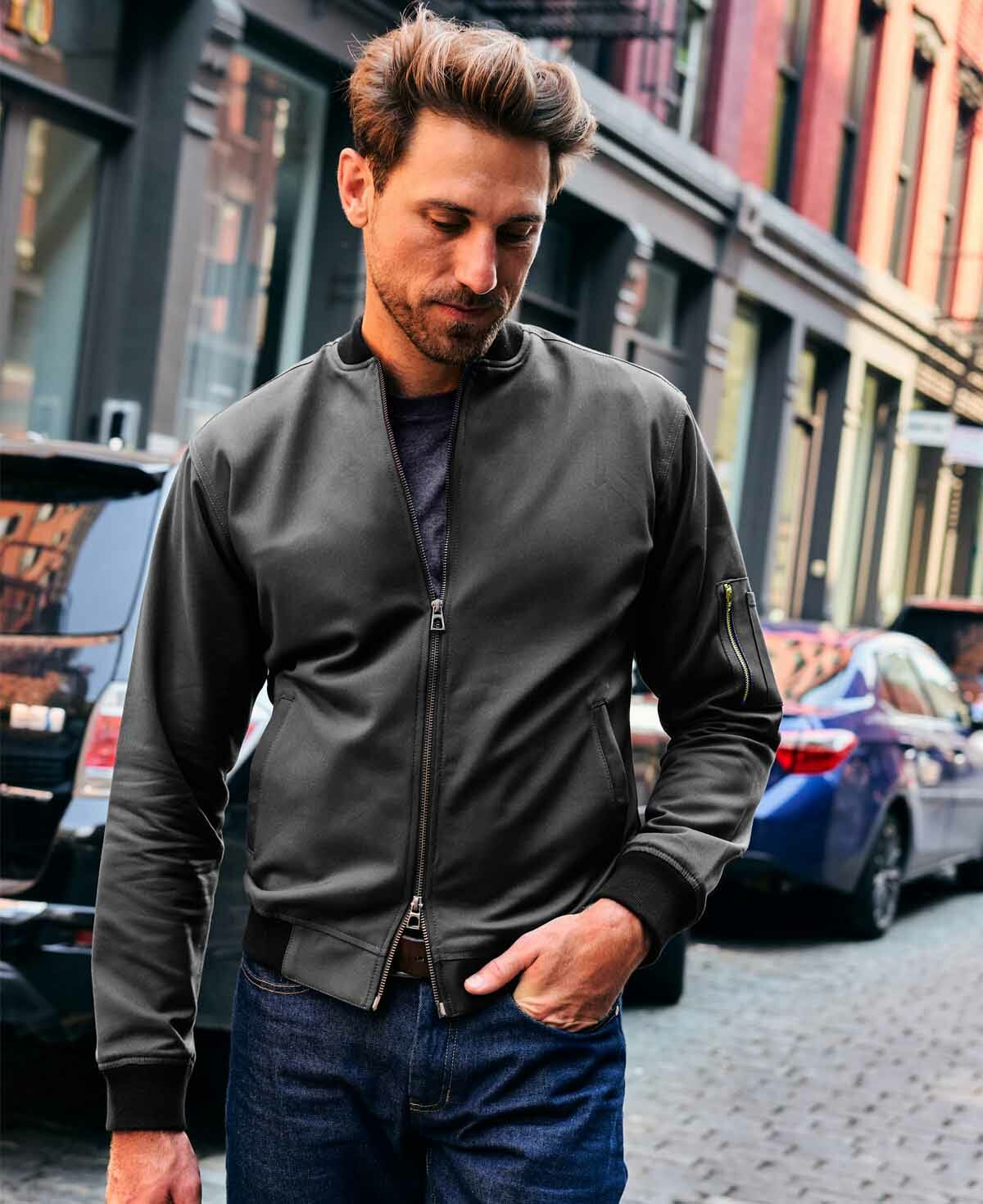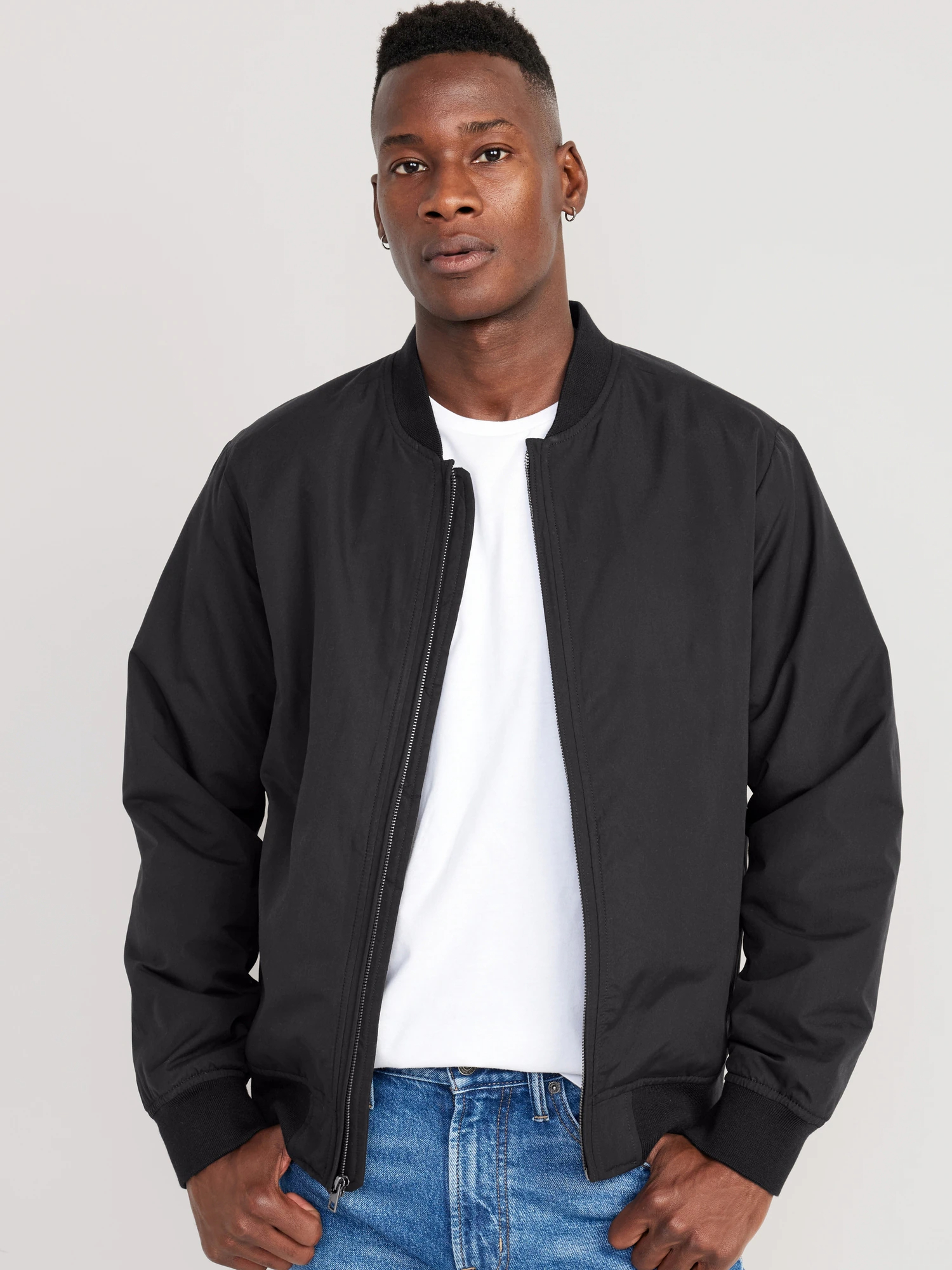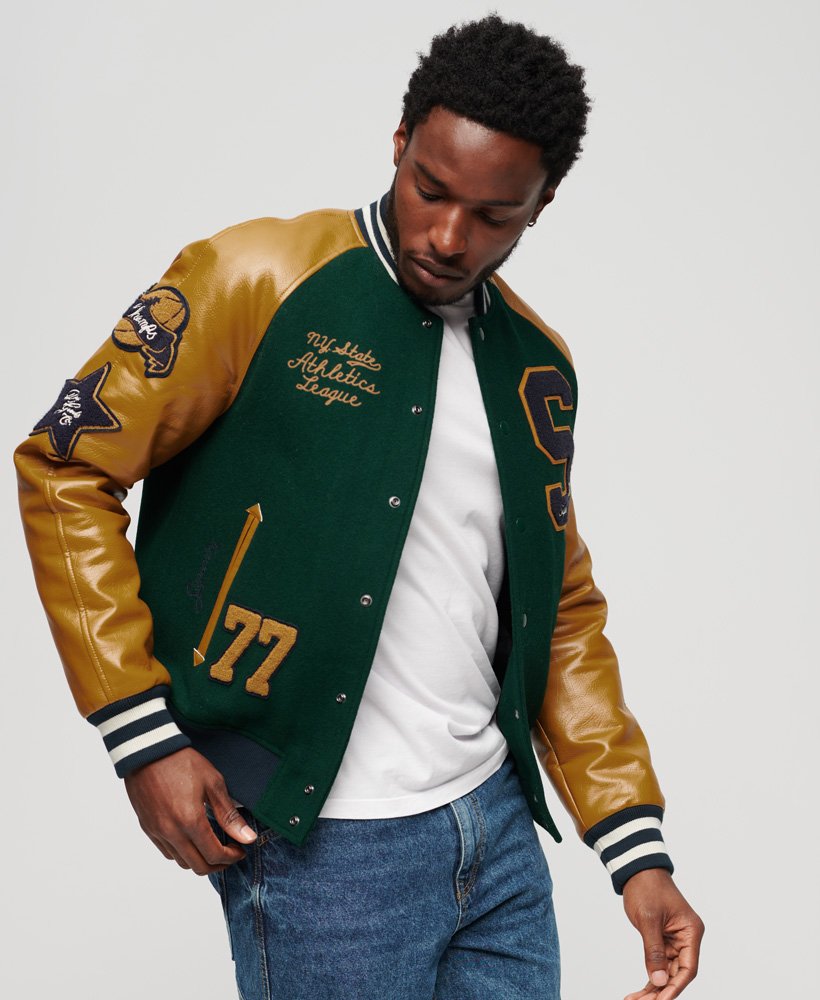Introduction
The bomber jacket, also commonly known as the flight jacket or aviator jacket, has a rich history deeply rooted in military aviation. Born out of practical necessity, this iconic outerwear piece has journeyed from the cockpit to the catwalk, embodying both functionality and fashion-forwardness.
The origins of the bomber jacket can be traced back to World War I when it was crafted to protect pilots from the harsh conditions at high altitudes. These early jackets were typically made of thick leather with fur lining to provide warmth without compromising mobility, allowing pilots to move freely within the cramped confines of their open-air cockpits.
However, it was during World War II that the modern silhouette of the bomber jacket we recognize today truly took shape. The MA-1, developed by the US Air Force, was constructed from water-resistant nylon with a bright orange interior for visibility in emergencies. This design innovation made the jacket lighter, more durable, and suitable for a broader range of temperatures.
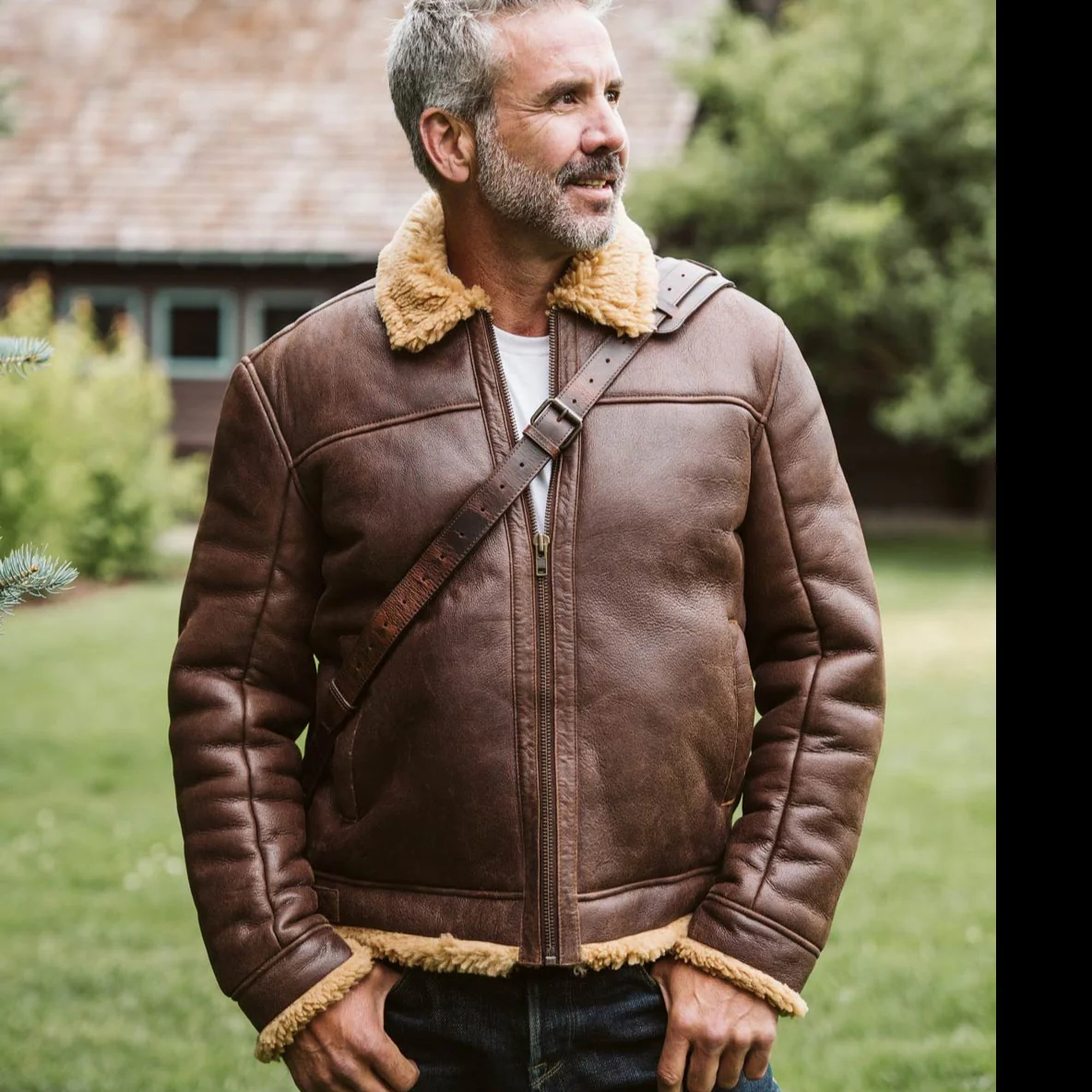
Post-war, the bomber jacket transitioned from military uniform to mainstream fashion item. It gained popularity among civilians, especially after being embraced by subcultures such as punk, grunge, and streetwear enthusiasts. Today, the bomber jacket is available in a myriad of materials, colors, and designs, offering a versatile addition to both men’s and women’s wardrobes. It’s a symbol of resilience and timelessness, reflecting the spirit of adventure and fearless style that defined its original wearers.
In contemporary fashion, the bomber jacket’s appeal lies in its ability to lend an edge to any outfit while maintaining a sense of sophistication and comfort. It can be dressed up or down, worn across seasons, and suits various body types and ages, making it a true staple in modern wardrobe collections.
From Flight Jackets to Fashion Statements: The Early Days
Wings Over the Runway: Birth of the Bomber Jacket
The origin story of the bomber jacket can be traced back to World War I when pilots required durable and warm clothing to withstand the harsh conditions at high altitudes. The first iteration, known as the ‘bomber’ or ‘flight jacket,’ was designed for functionality rather than style, prioritizing insulation and protection against the elements.
Leather and Sheepskin: Material Foundations
Initially crafted from leather and sheepskin, these jackets were robust enough to protect aviators from freezing temperatures and wind shear. The MA-1, developed by the US Army Air Corps in the 1950s, replaced sheepskin with nylon, offering waterproofing and better mobility. It featured a signature reversible orange lining for visibility in emergencies, setting a design precedent that would influence future styles.
Transition to Civilian Culture: Hollywood and Beyond
Post-war, the bomber jacket made a smooth transition from military uniform to civilian attire, thanks to Hollywood’s fascination with aviation heroes. Movies like “Top Gun” and “Aerospace” romanticized the jacket, turning it into a symbol of bravery, adventure, and masculinity. This cinematic exposure helped to propel the bomber jacket into mainstream fashion consciousness.
From Rebellion to Mainstream: The Evolution in Pop Culture
Punk Rock and Subculture Adoption
In the late 1970s and 80s, the bomber jacket found new life within punk rock and streetwear subcultures. Artists and fans alike adopted the garment, infusing it with their own rebellious spirit and individuality. The iconic silhouette became a staple of anti-establishment fashion, adorned with patches, pins, and custom graphics that spoke to each wearer’s unique identity.
Athletic and Urban Influence
The athletic wear industry also embraced the bomber jacket, reimagining it with sportier fabrics like mesh, neoprene, and performance textiles. Streetwear brands further popularized the trend, incorporating graphic designs, bold colors, and oversized fits that resonated with urban youth culture. This cross-pollination between sports and fashion elevated the bomber jacket to a new level of versatility and appeal.
Women’s Wear and Gender Fluidity
Empowering Women’s Style
Traditionally associated with men’s fashion, the bomber jacket made a groundbreaking entry into women’s wardrobes in the late 20th century. Designers began crafting versions tailored to female silhouettes, showcasing the jacket’s ability to transcend gender norms. The bomber jacket’s adaptability allowed it to fit seamlessly into various women’s fashion contexts, from casual street looks to high-end runway collections.
Fashion Forward Designs and High-End Reinterpretations
Luxury fashion houses soon caught on, elevating the bomber jacket with premium materials such as silk, cashmere, and exotic skins. These designer interpretations often included intricate embroidery, hand-painted details, and avant-garde cuts, making the bomber jacket a sought-after item among fashion enthusiasts and collectors alike.
Versatility in Contemporary Wardrobes
The bomber jacket, originally designed for military pilots in World War I and popularized during World War II, has evolved into an iconic fashion staple that represents versatility and adaptability in contemporary wardrobes. This versatile garment transcends seasonal trends and age demographics, becoming a unisex essential that can be dressed up or down to suit various styles and occasions.
Seasonal Versatility:
The bomber jacket comes in a variety of fabrics that make it wearable all year round. From lightweight nylon or cotton for spring and summer to thicker wool or leather for fall and winter, it’s a trans-seasonal piece that offers both protection from the elements and style.
Style Flexibility:
It effortlessly complements different fashion aesthetics – whether it’s streetwear paired with pants and sneakers, smart casual attire or Men’s suits teamed with chinos and loafers, or even elevated to formal attire when worn over a tailored suit.
Color and Design Choices:
Available in a range of colors, patterns, and designs (from minimalist solid hues to bold prints), the bomber jacket allows for personal expression and experimentation with one’s look. It also features diverse detailing like patches, embroidery, and hardware, adding another layer of customization.
Layering Tool:
Its cropped length and often ribbed cuffs and hem make it an ideal layering piece. It can be worn over a t-shirt, hoodie, or sweater, under a coat for extra insulation, or simply as a statement piece on its own.
Ageless Appeal:
Whether you’re a teenager, a young professional, or someone embracing their middle years, the bomber jacket is a timeless addition to any wardrobe. Its universality lies in its ability to bring a touch of edginess to a classic ensemble or tone down a more avant-garde outfit.
In summary, the bomber jacket’s versatility lies not only in its functional adaptability but also in its capacity to blend seamlessly with a wide array of fashion contexts and individual tastes, making it a cornerstone of contemporary fashion versatility.
Conclusion: A Future Legacy
The bomber jacket’s journey from practical wartime necessity to universal fashion favorite is a testament to its timeless design and adaptability. As fashion trends ebb and flow, the bomber jacket remains steadfast, continually reinventing itself while preserving its historical significance. As we look towards the future, it’s clear that the bomber jacket will continue to soar as a symbol of resilience, versatility, and style – a true icon in the ever-evolving world of fashion.
